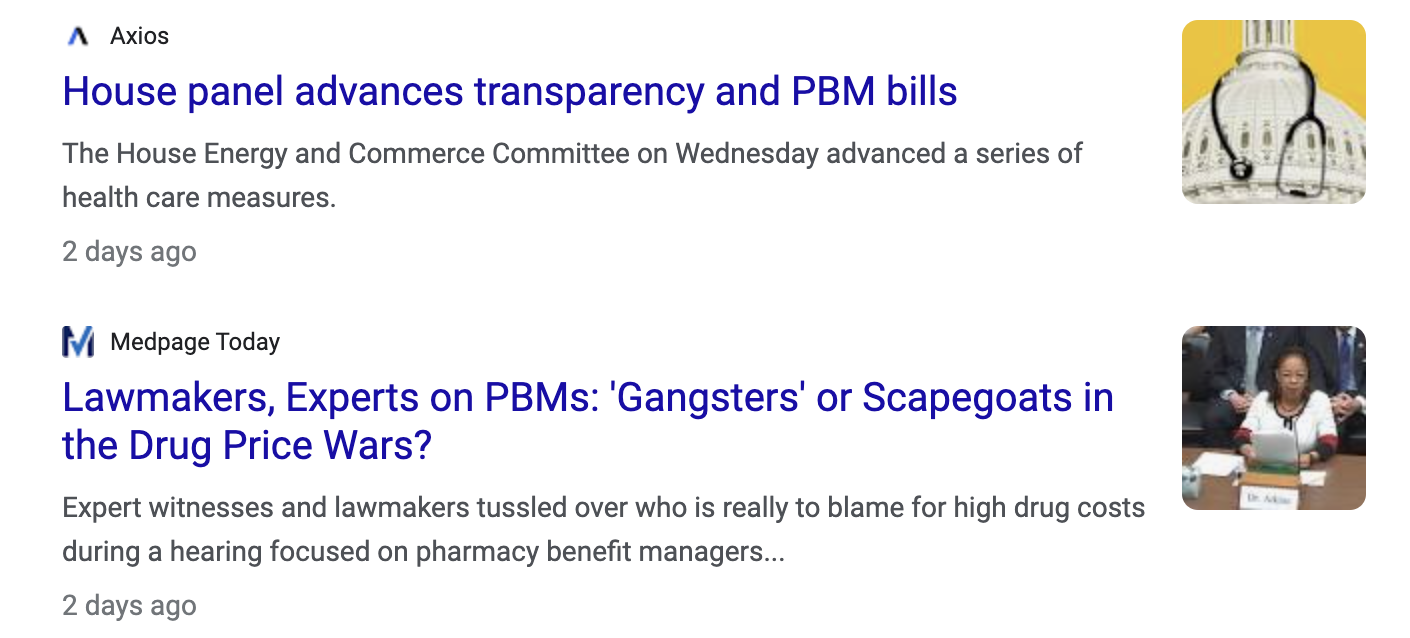Let’s start with the facts.
How much money do we actually spend on prescription drugs?
The Centers for Medicare and Medicaid Services reported that retail prescription drug expenditure in the United States came to some 378 billion U.S. dollars in 2021.
According to the U.S. Department of Health and Human Services, in total the U.S. health care system spent $603 billion on prescription drugs, before accounting for rebates, of which $421 billion was on retail drugs.
$421,000,000,000
Visualize One Billion
That’s right, $421 billion in rebates. How much of that $421 billion do you think actually made it back to your health plans bottom line?
According to a report by the National Business Group on Health in 2021, prescription drugs accounted for approximately 25% of employers’ total healthcare spending.
What are the trends taking place in our country?
Drug spending is heavily driven by a relatively small number of high-cost products. The cost of specialty drugs has continued to grow, totaling $301 billion in 2021, an increase of 43% since 2016.
Specialty drugs represented 50% of total drug spending in 2021. While the majority (80%) of prescriptions that Americans fill are for generic drugs, brand name drugs accounted for 80% of prescription drug spending in both retail and non-retail settings, with little change over time.
The top 10% of drugs by price make up fewer than 1% of all prescriptions, but account for 15% of retail spending and 20%-25% of non-retail spending.
According to a September 2022 report from the Department of Health and Human Services, high prescription drug costs are a leading concern among Americans. And Americans pay higher prices for prescription drugs than any other country in the world, with prescription drug prices in the U.S. more than 2.5 times as high as those in other similar high-income nations.
Let’s face it, when Congress wants to get involved, it’s a pretty heavy indication that there is a problem
Just check out some of the latest news headlines:



Pharmacy benefit managers (PBMs) claim to work for insurers to get lower-cost drugs from manufacturers, but in the same breath PBMs claim that drug manufacturers alone set drug prices.
Those deals with manufacturers? PBMs raise drug costs by almost 30% due to the rebates they charge manufacturers to be on their formularies.
The truth is that the three largest PBMs are Fortune 50 companies and control 76% of the market.
These large PBMs are not concerned with the long term viability of your company’s health plan, they are concerned with meeting projections to grow their stock price.
Here is a secret, you don’t have to wait until Congress fixes this, if they can even fix it. There are already solution providers who have found a way to address the high cost of RX claims and have been helping businesses just like yours grow their bottom line. The key is in finding an independent PBM that is not owned by an insurance company.
Just look at some of the advantages of working with an independent PBM:
Transparency:
- No hidden fees or spread pricing
- 100% rebate pass-through
- Data accessibility
Quality of service:
- Claims monitoring
- Account management
- Formulary management
- Clinical management
If you are curious to know exactly how much you could save by switching PBMs, reach out to me and we can help your company complete a thorough savings analysis of what you paid over the past year verse what you could have paid with an independent PBM.




